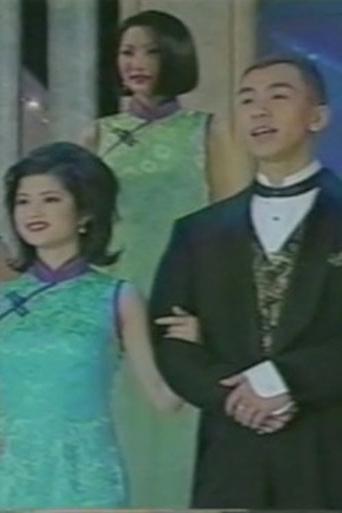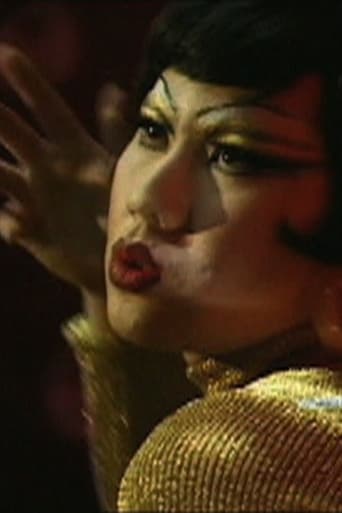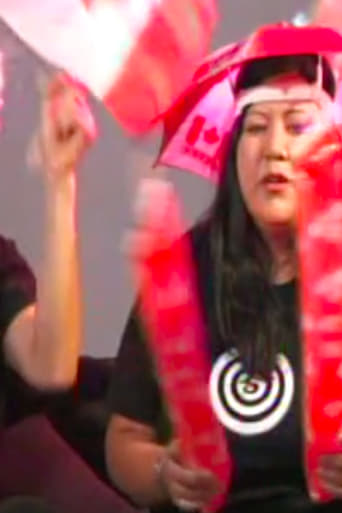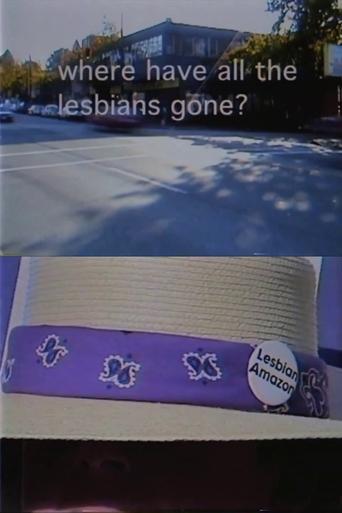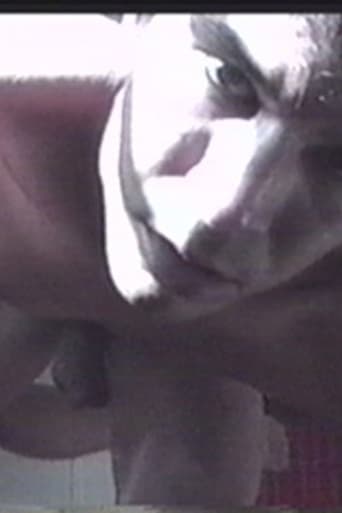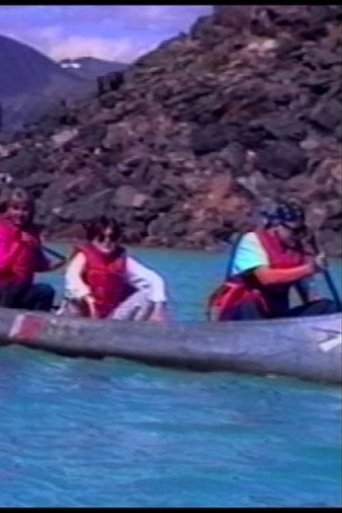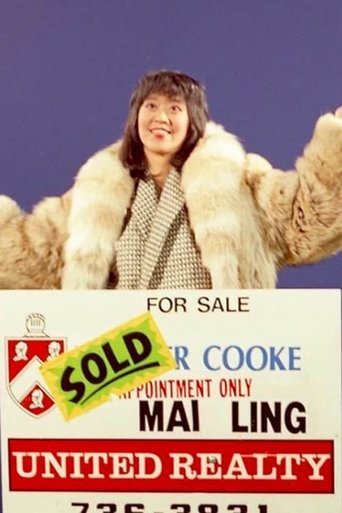Miss Chinatown 1995
Miss Chinatown juxtaposes the views of eight subjects against the background image of a beauty pageant: the Miss Chinese-Vancouver 1996. The subjects are all full or part ethnic Chinese, together they represent a diverse face of the Chinese-Canadian community, they present different perspectives on identity, home, sex and race. The contestants are seen going through the paces in the cheong-san (traditional side slit dress) segment of the live television spectacle.
